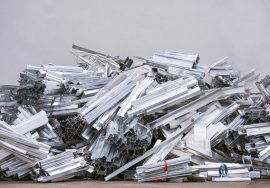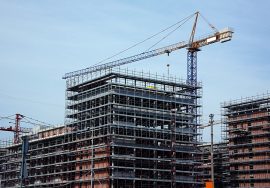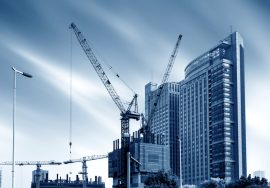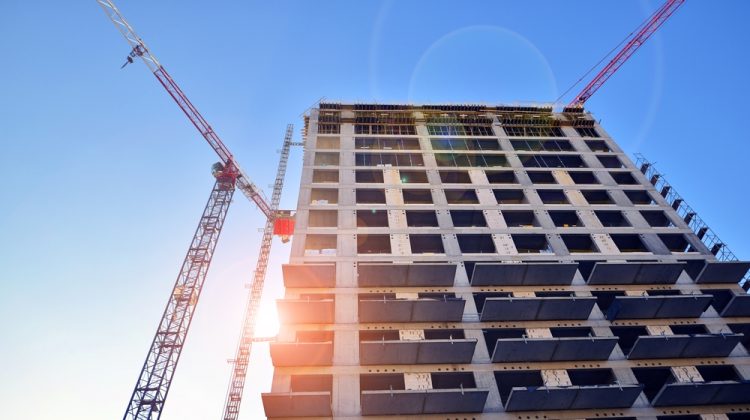
Prefabricated Construction: The Future of Fast Building
Prefabricated Construction: The Future of Fast Building
In an age where time, efficiency, and sustainability are essential, prefabricated construction is transforming how we build. Instead of relying solely on traditional, time-consuming on-site methods, this modern approach involves manufacturing building components off-site and assembling them on location.
Across India and the world, prefabricated construction is gaining momentum for its speed, cost-effectiveness, and eco-friendly benefits. It’s reshaping the construction landscape and setting a new standard for sustainable development.
What Is Prefabricated Construction?
Prefabricated construction, also known as modular construction, involves creating building elements such as walls, floors, and roofs in a controlled factory environment. These parts are then transported to the site and assembled like pieces of a puzzle.
This innovative method reduces material waste, minimizes errors, and improves project timelines — all while maintaining high-quality standards. In modern architecture, prefabricated construction plays a key role in promoting green building and sustainable development.
Key Features of Prefabricated Construction
1. Speed and Efficiency
Unlike traditional construction, which can take months or even years, prefabricated construction allows multiple processes to occur simultaneously. While foundations are being prepared on-site, structural components are produced in factories, reducing overall construction time by up to 50%.
2. Quality Control
Because construction takes place in a controlled environment, manufacturers can maintain strict quality checks. This minimizes human error, ensures precision, and leads to consistent results.
3. Eco-Friendly Approach
Prefabricated construction supports sustainability by reducing on-site waste and optimizing material use. It also integrates green materials and energy-efficient systems, contributing to a lower carbon footprint.
4. Cost-Effectiveness
By saving time and resources, construction reduces labor costs and material wastage. The predictable project timeline also minimizes financial risks and delays.
5. Design Flexibility
Contrary to popular belief, construction doesn’t limit creativity. Modern modular design allows for customization, enabling architects to create unique and aesthetically appealing structures.
Advantages of Prefabricated Construction
1. Reduced Construction Time
Prefabricated components are built in parallel with site preparation, drastically shortening project durations. This makes construction ideal for urgent housing, schools, hospitals, and commercial spaces.
2. Improved Sustainability
Through efficient waste management, energy efficiency, and reduced material consumption, construction promotes eco-friendly building practices and aligns with sustainable architecture principles.
3. Enhanced Worker Safety
Since much of the work occurs in controlled factory conditions, construction minimizes on-site accidents and safety risks.
4. Durability and Strength
Prefabricated structures are engineered to meet strict safety and durability standards, often making them stronger and longer-lasting than conventional buildings.
Prefabricated Construction in India
India’s demand for quick, affordable, and sustainable housing has made construction a game-changer. From residential housing projects to large-scale infrastructure developments, modular systems are being used across the country.
The Housing and Urban Affairs Ministry has encouraged the use of construction in urban projects under initiatives like PM Awas Yojana (Urban) to meet the growing need for rapid, sustainable housing solutions.
You can explore more about India’s modern construction advancements on the Ministry of Housing and Urban Affairs website.
Applications of Prefabricated Construction
Prefabricated construction is used across various sectors due to its adaptability and efficiency. Common applications include:
-
Residential Buildings: Affordable housing, apartments, and villas.
-
Commercial Structures: Offices, retail spaces, and hotels.
-
Educational Institutions: Schools and training centers built quickly in rural areas.
-
Healthcare Facilities: Modular hospitals and clinics for emergency deployment.
-
Industrial Projects: Warehouses, factories, and production units.
Each of these uses benefits from the speed, flexibility, and sustainability of prefabricated construction.
How to Get Started with Prefabricated Construction
Implementing construction in your project involves careful planning and collaboration. Here’s how to begin:
-
Assess Project Requirements: Understand design needs and environmental goals.
-
Choose Reliable Materials: Opt for green materials and recyclable components.
-
Work with Experts: Partner with experienced prefabrication specialists.
-
Incorporate Smart Systems: Integrate smart building technology to enhance performance.
-
Plan Efficient Assembly: Ensure that logistics and transportation are well-organized.
For expert guidance in implementing construction in your next project, reach out to AMS India. Their team specializes in modern, sustainable building techniques that enhance efficiency and environmental performance.
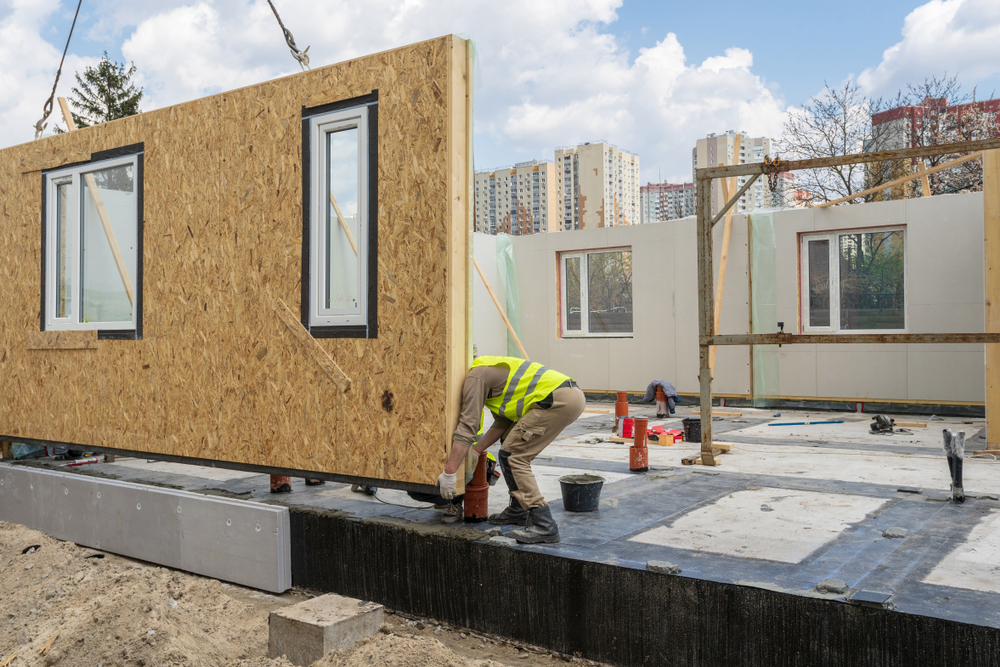
The Future of Prefabricated Construction
As cities expand and the need for sustainable housing grows, construction will continue to redefine the building process. Its speed, affordability, and environmental benefits make it an ideal solution for the challenges of modern urbanization.
By embracing construction, India can move closer to a future where buildings are not only efficient and beautiful but also sustainable and resilient — shaping a greener, smarter tomorrow.
Read more related articles to enhance your knowledge and make informed decisions
Cost-Effective Modular Construction: Fast, and Sustainable Building Solutions
Smart Modular Buildings: Innovative, Efficient, and Sustainable Construction

